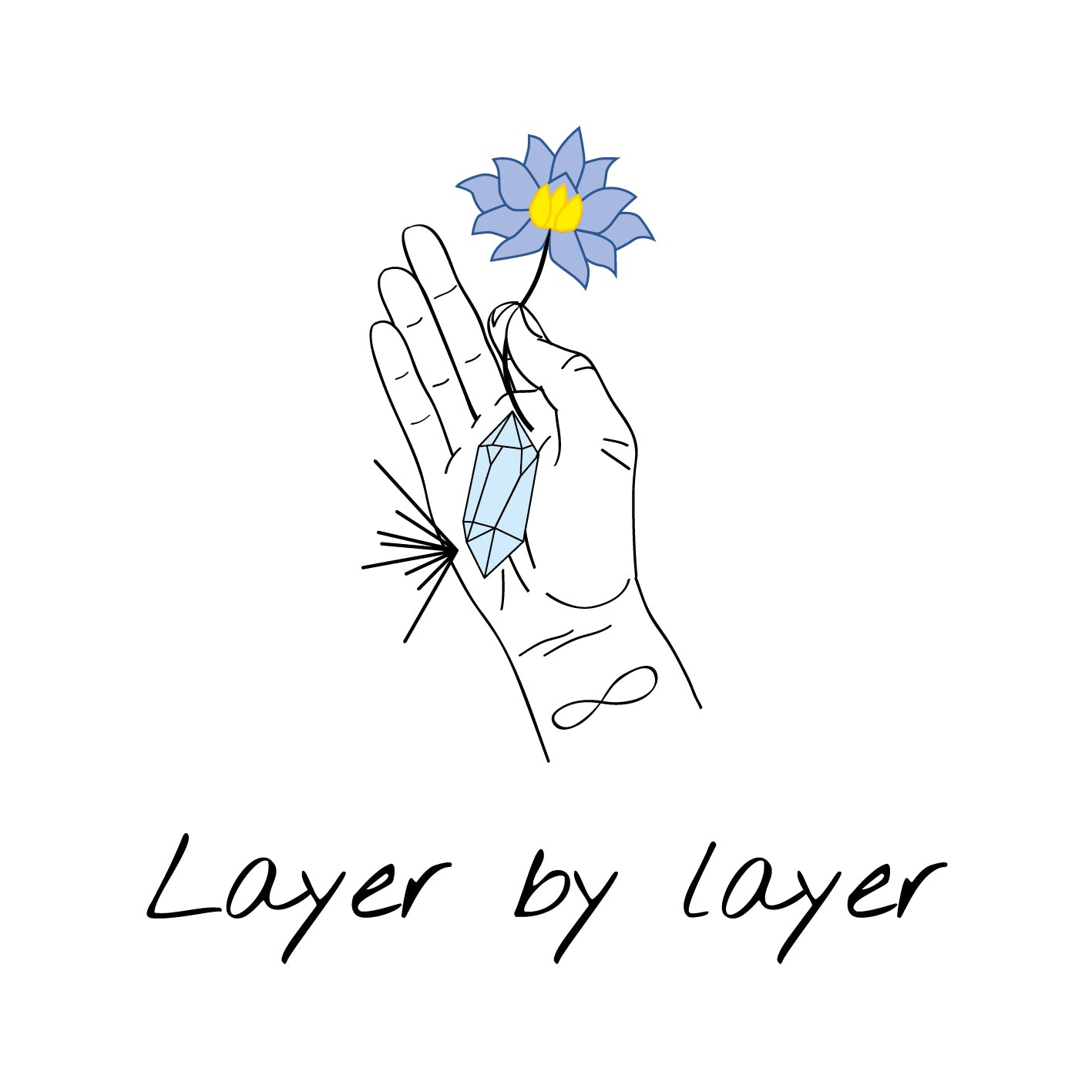Reiki

"Reiki is the art of inviting happiness into your mind and body and the belief that the universe is alive and filled with energy."
- Mikau Usui
Reiki is rooted in Eastern medicine traditions and is traced back to Sensei Mikao Usui, its founding father in Japan during the mid-1800s. Since then, Reiki has grown into a universal practice, evolving into a living and growing discipline, with William Lee Rand being one of its most familiar figures.
As a form of energy healing, Reiki focuses on the whole person rather than just specific illnesses or symptoms. It aims to restore energetic balance by recognizing the connection between body, mind, soul, and spirit. This philosophy aligns with integrative healthcare principles, which support the body's natural healing abilities.
Whether you're looking for relief from physical discomfort, seeking to overcome emotional challenges, or wishing to replenish your energy and find inner peace, Reiki can be a supportive and nurturing part of your journey.
The word "Reiki" is composed of two kanji characters: 霊 (Rei) and 気 (Ki). The character 霊 (Rei) represents the universal, divine, or spiritual aspect, while 気 (Ki) symbolizes vital life force. Together, Reiki translates to the core concept of universal life force energy or source energy.
The term "universal life force" refers to the energy that permeates all of existence and animates all living things. In Reiki practice, the intention is to tap into this subtle energy to promote balance, harmony, and healing across physical, emotional, mental, and spiritual levels.
“Our very life force can be seen as a stream of pulsating energy. When the stream is not fragmented by blocks in the body armor, then pulsation moves freely through the body and out into the world. This streaming creates a resonant, etheric field around the body—an aura of wholeness.”
— Anodea Judith, “Eastern Body, Western Mind”
When our vital energy flows freely, we feel a deep sense of wellness and vitality. However, everyday challenges like chronic stress, trauma, a sedentary lifestyle, and emotional struggles can disrupt this flow. As a result, we may experience imbalances and blockages that disconnect us from our bodies, leading to physical discomfort and an overall sense of unease.
Restoring the flow of energy is crucial for our overall wellbeing. When our energy is balanced, we not only feel healthier but also more resilient in facing life’s challenges. By reconnecting with our bodies and addressing these imbalances, we can enhance our physical health, improve our emotional stability, and cultivate a greater sense of peace and fulfillment in our lives.
Reiki can be complementary to conventional medical treatments. It is not meant to replace professional care, but rather to work alongside it, providing an additional layer of support and facilitating the body's own restorative processes.
